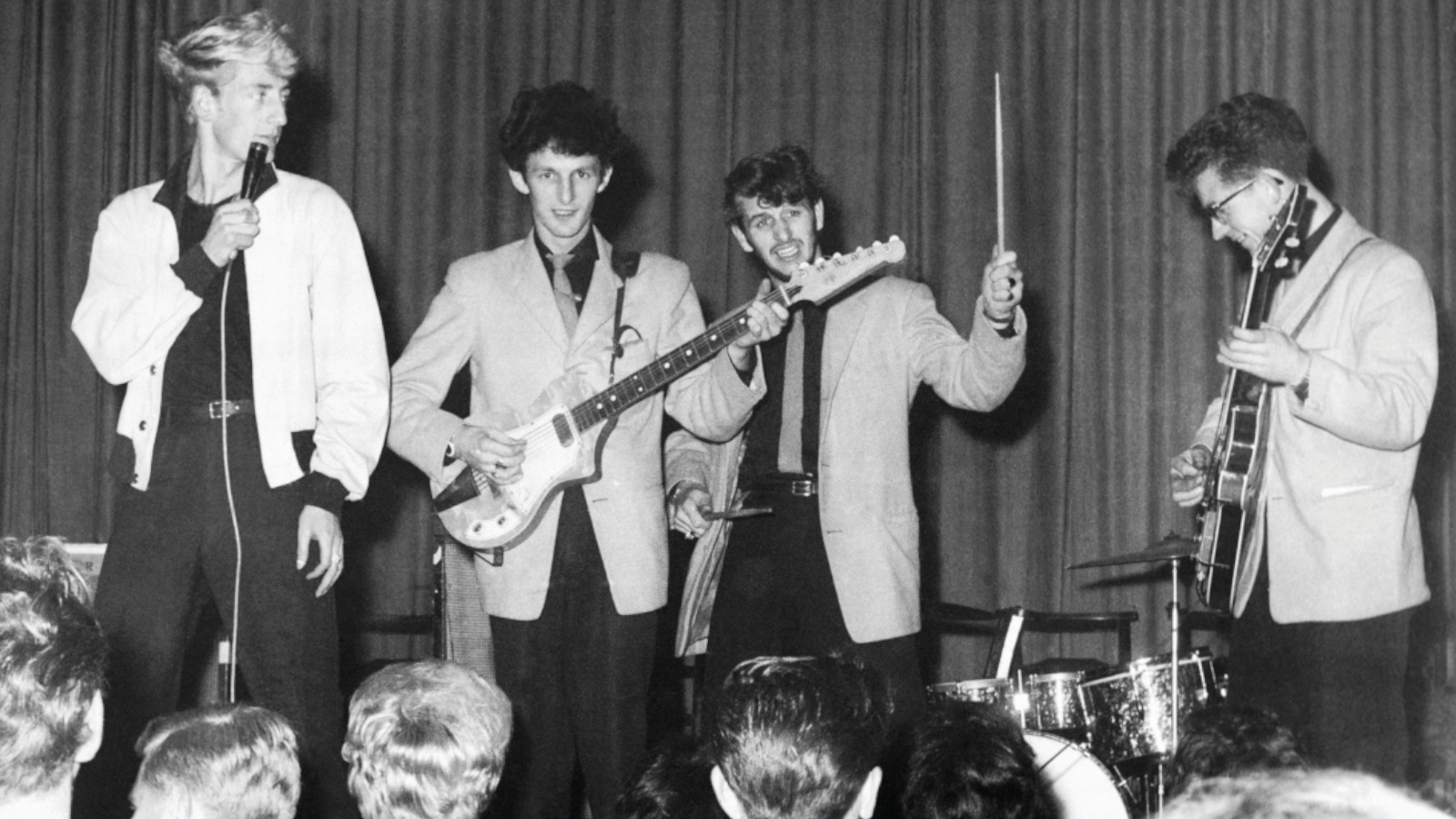Played by the Likes of Hank Marvin and Rory Gallagher, Guyatones Are Among the Best Japanese Vintage Guitars Around
Still in business today, Guyatone is one of Japan’s earliest guitar makers

The Guyatone LG-40 is one of the plainest electric guitars I’ve ever owned. I usually write about guitars with sparkle finishes and loads of gadgets, but this one stands out for its complete lack of adornment.
It doesn’t even have the manufacturer’s name on it. Other Guyatones in the LG series, such as the LG-160 and LG-350, have distinctive designs, but this plain Jane has to settle for just playing and sounding nice.
Still in business today, Guyatone is one of Japan’s earliest guitar makers, having started building Hawaiian and Spanish-style guitars in the 1930s.
In the late ’50s, many British and Irish guitarists came to know Guyatone’s products under the Antoria brand
By the late ’50s, the company had branched into the field of musical electronics and made amplifiers, mics and record player cartridges, as well as a line of electric guitars.
From the late ’50’s into the ’60s, those guitars were distributed under so many nameplates – including Star, Guya, Ibanez, Fuji-Gen, Futurama and Kent – that it’s difficult to keep track of them all.
It appears that the name changed according to which country imported the guitars.
In the late ’50s, many British and Irish guitarists came to know Guyatone’s products under the Antoria brand. Among the more popular artists that played them were Hank Marvin, Rory Gallagher and Johnny “Guitar” Byrne of Rory Storm and the Hurricanes, which featured a pre-Beatles Ringo Starr on drums.
All the latest guitar news, interviews, lessons, reviews, deals and more, direct to your inbox!
In fact, Mr. Byrne played his Antoria/Guyatone LG all the way up until his untimely death at age 59 in 1999.

WEIRDO FACTOR
The body is just 10 inches wide at the lower bout. I have bigger ukuleles!
But beyond its weird proportions and very light weight (just under 5.5 pounds), this is actually a serious, if not extremely utilitarian guitar.
PLAYABILITY & SOUND
If you’re going to put only one pickup on a guitar, you have to make it sound good. In fact, this large single-coil sounds great. With the volume and tone controls wide open, it’s rich, punchy and bright.
Back off the tone knob and it thins out, as with a bridge pickup, but doesn’t get quieter, which makes it cool to use with distortion. Using the two knobs, I can dial in about three distinct sounds.


The 20-fret maple neck with rosewood fingerboard plays nice. It’s not wide, but it is deep and quite reminiscent of a ’50s Fender C-shape.
The non-intonatable bridge is height adjustable, but despite what appears to be a truss rod cover on the headstock, there’s nothing beneath it except more flame maple, which is featured on both the top and back of this weirdo.
VALUE
Though it plays and sounds good, the Guyatone LG-40 is in the collector books because it’s one of the earliest Japanese attempts at building a professional guitar.
As such, it garners some monetary respect, currently selling between $800 and $1,200. Mind you, I paid $50 for mine years ago (pre-internet) at a flea market!
WHY IT RULES
It’s light and sounds great, and the starkness of its design actually becomes a feature unto itself.
Besides, it can be traced back to the early days of the Merseybeat sound that went on to shape music as we know it today.
Got a whack job of your own? Feel free to get in touch with me at rtcarleton@gmail.com. Who knows? Maybe I’ll write about it.
